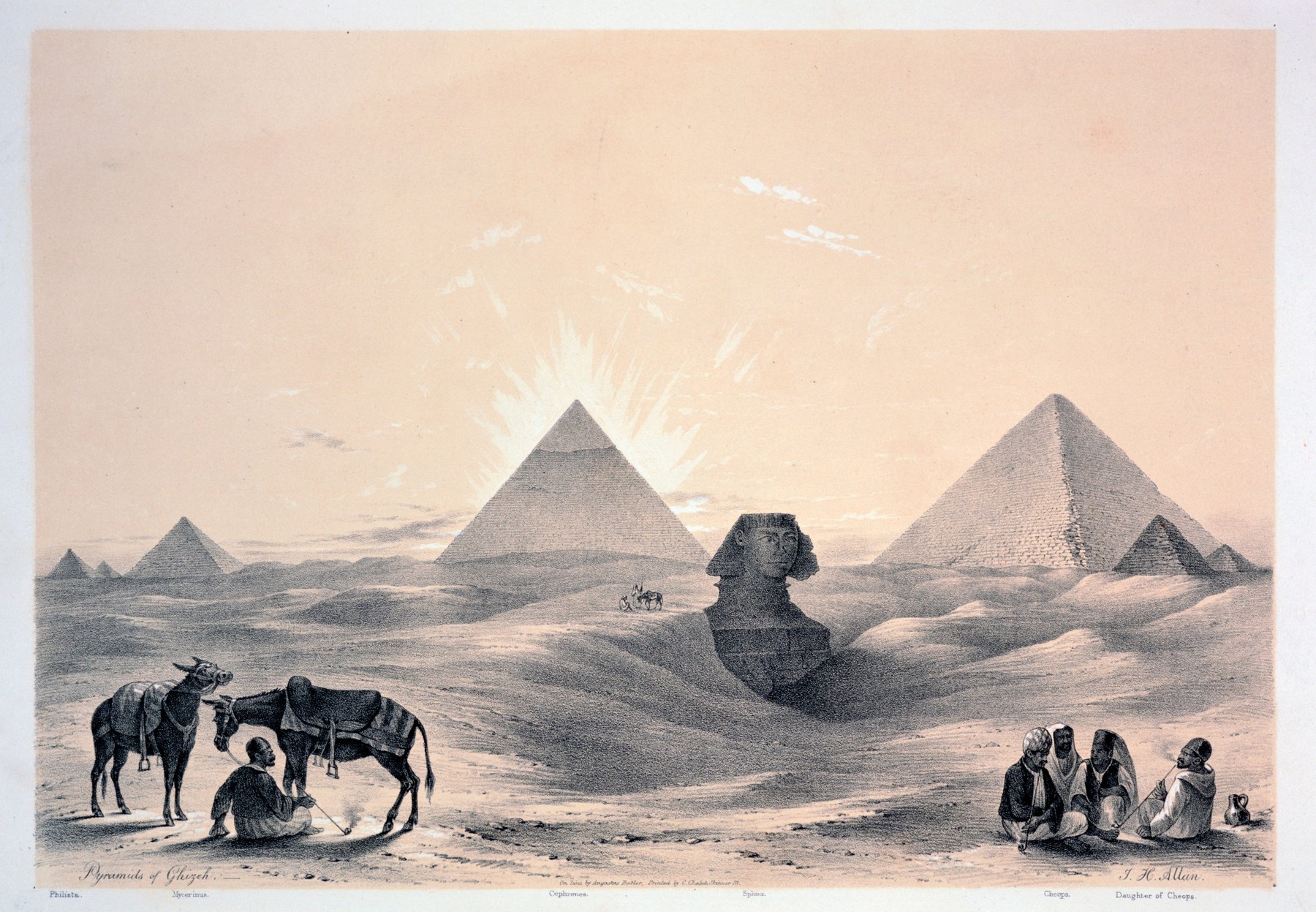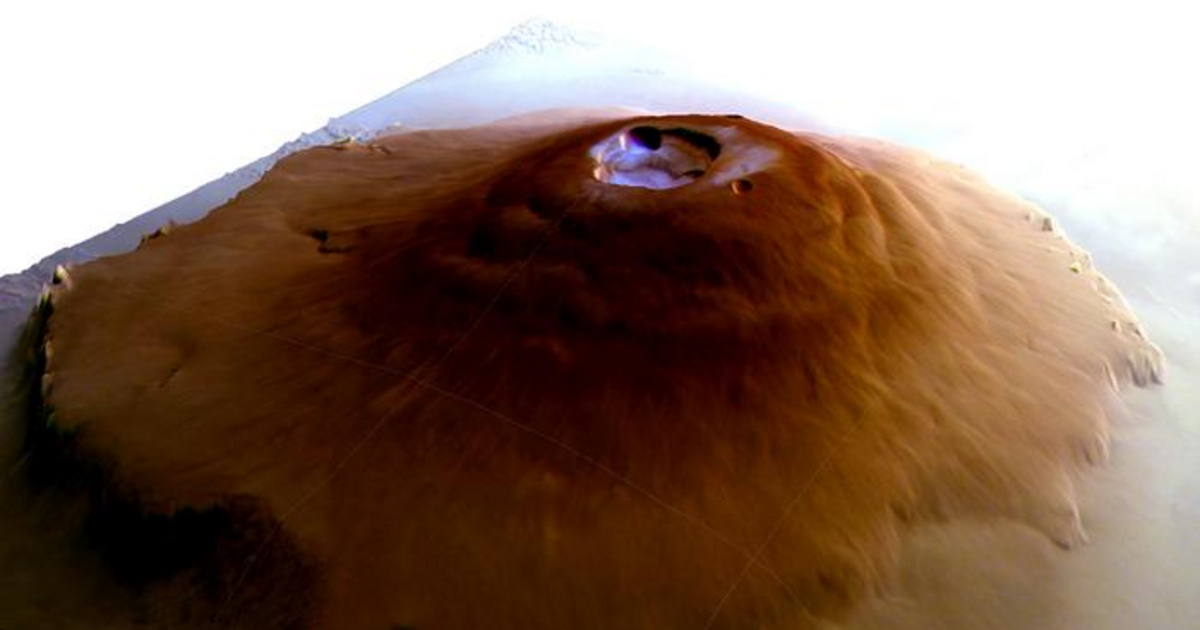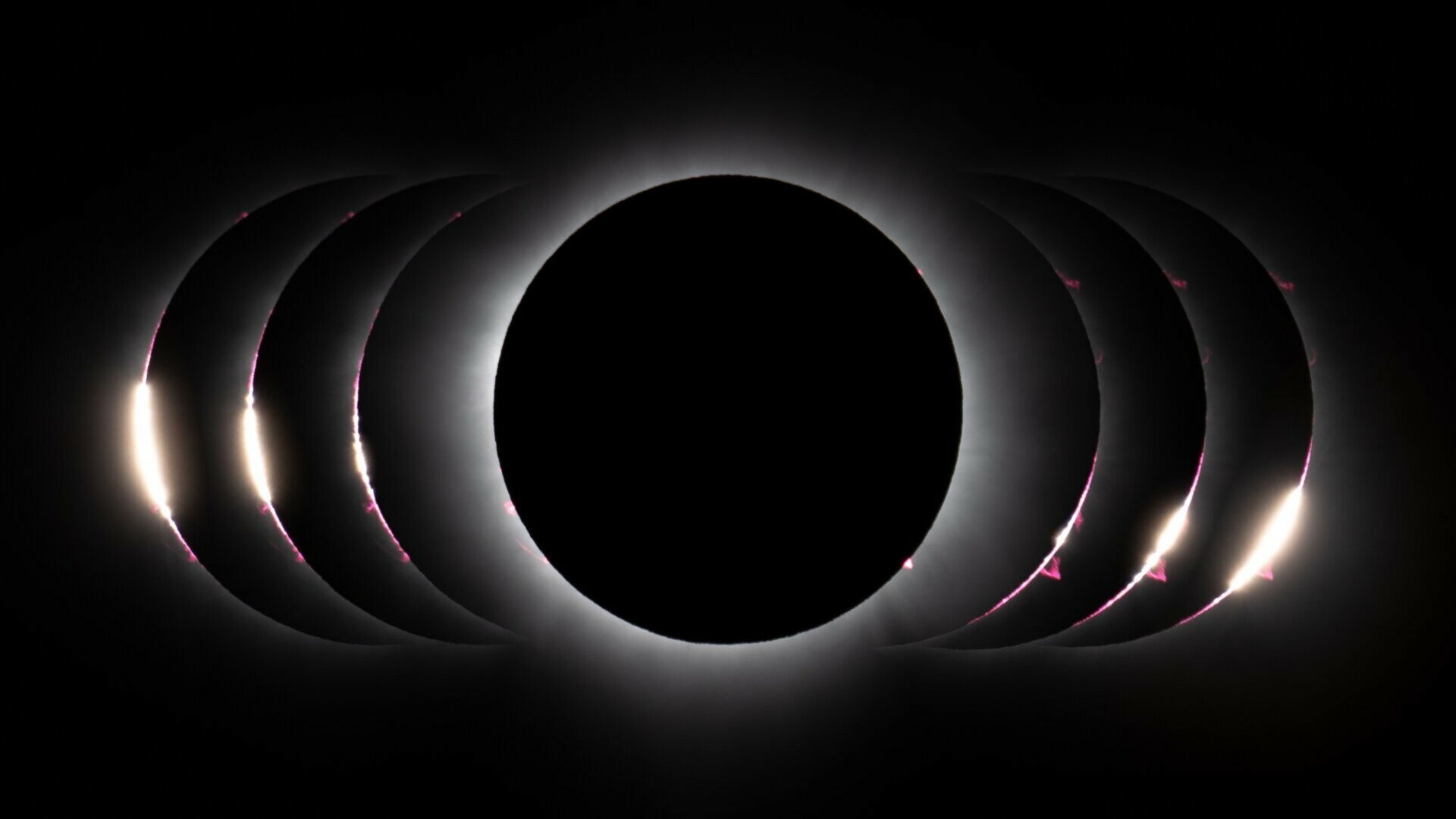A photo that captures a very distant object and a phenomenon that can also be observed from Earth has become the two most beautiful astronomical images of spring. Both are impressive, not to mention they were made by Hungarians, and photographers had to travel far to take photos.
We now show you two beautiful and bold photos taken by Hungarian photographers Association of Hungarian Astrophotographers It was chosen to be the most beautiful in the months of March and April. Each month, the association's professional jury selects an image from the work of Hungarian astrophotographers that stands out in some way. It can't be easy for them, as Hungarian astrophotographers create their images at the forefront of the world.
Obligatory orb
First comes an image of a very distant celestial body received Picture of the month Title. Pence Tooth He photographed one of the emblematic objects of astronomy, the Eagle Nebula, and traveled all the way to Namibia. Your image in style Pillars of creation Given address, since The famous Hubble Space Telescope shot from 1995 This was also her title which then traveled around the world.
Pillars of creation
1/2
Photo: Bence Toth
The Eagle Nebula is a must-see for astrophotographers when traveling to the Southern Hemisphere. Bence Toth visited it in 2023, specifically as a member of a Namibian deep-sky expedition, and had the opportunity to record the legendary orb.
His photo also became a landmark photo, just like the photo taken by Jeff Hester and Paul Scowen with the help of the Hubble Telescope, as Pence's photo reveals countless details that the space telescope also saw. Although he could not reach the accuracy of the legendary instrument, since that would be an impossible challenge from here on Earth, he created an image of lasting quality on an international level in the world of ground-based Eagle Nebula recordings.
Total eclipse with extras
Although the subject of the following image can be observed from Earth for laypeople — of course, you have to be in the right place at the right time — it's not every day that a solar eclipse happens. Moreover, when it is, it cannot be seen from anywhere on Earth. April's photo Gergely Tooth This image produced is not only an image showing a solar eclipse, but it also shows us a special and very difficult to capture phenomenon, which can only be seen for a few seconds before and after the total eclipse. This is none other than Billy's String of Pearls. What is this? We will tell you now.

Billy beads
2 / 2
Photo: Gergely Toth
Gergely Toth had to travel to Mexico to make this recording, because on April 8, 2024, the scope of the total solar eclipse crossed North America from Mexico to Canada, and can only be observed in this region. More than 10 Hungarian astrophotographers and amateur astronomers were able to follow the events live on the distant continent. Gergely made the right decision to travel to Mexico and not to the United States, as the weather was too overcast for the latter.
The weather was no obstacle, but the serial recording he wanted to achieve was no longer so easy, because capturing Billy's string of pearls presented a major photographic challenge.
Bailey's Pearl String is the phenomenon of the sun's last and first rays appearing through the moon's craters, visible for only 20 seconds before and after a total eclipse.
The photographer has 20 seconds to capture a fully exposed burst of sunlight that disappears and then reappears without being able to point the bare lens at the sun. Removing the filter from a telephoto lens is not difficult in itself, but there are practically 0 seconds available to set fine exposure time, focus and timing values.
The timing of the disappearance of the pearl necklace and its reappearance is determined by the photographer on the spot with the help of an app, with precise knowledge of GPS coordinates, whose smartphone in his pocket counts down before the onset of the phenomenon. It may sound strange, but for the series to really work, you have to practice it at home. The exact exposure time had to be calculated in advance using calculators, and the movements had to be tried dozens of times in a “dry” test environment at home with the help of a solar eclipse timing simulator, so that there would be no problem in the case of sharp photography, because the photographer is here He only has one shot. Gergely Toth did just that and succeeded in capturing a wonderful photo of this distinctive and beautiful phenomenon.
source: https://www.turistamagazin.hu/hir/a-teremtes-oszlopai-es-egy-bravuros-seroz-az-idei-teljes-napgyatkozasrol












































